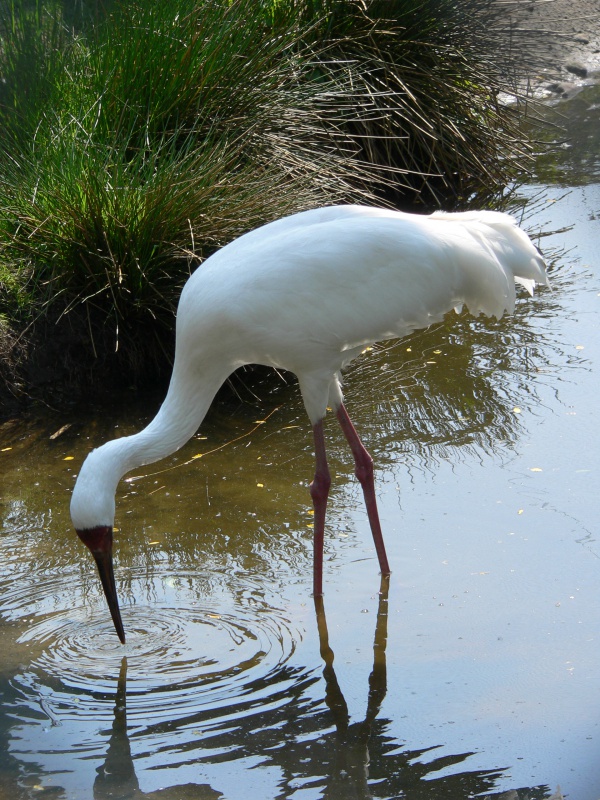Facts About Siberian crane
The Siberian crane, also known as the Siberian white crane or snow crane, is a distinguished member of the crane family. These birds are predominantly covered in snowy white feathers, with striking black primary feathers visible when they take flight. They have two principal breeding locations in the Arctic tundra of western and eastern Russia. During the winter, the eastern population migrates to China, while the western population migrates to Iran. Historically, the western group also wintered in Bharatpur, India.
These cranes are renowned for their long-distance migrations. Unfortunately, their numbers suffered a severe decline in the 20th century due to hunting and habitat degradation along their migratory routes. By 2010, it was estimated that there were only about 3,200 individuals remaining, most of them belonging to the eastern group that winters in China.
The Siberian crane was first described by Peter Simon Pallas in 1773. In 2010, they were reclassified into the genus Leucogeranus. Adults are predominantly white with some black markings and exhibit interesting behaviors such as smearing mud during the breeding season and producing distinctive calls.
Due to habitat loss, the breeding areas for these cranes are now restricted to two separate regions in western and eastern Russia. They prefer shallow marshlands and wetlands and are highly faithful to their breeding sites. These birds are territorial and diurnal, feeding mainly on plants and occasionally small animals.
Breeding occurs in the Arctic tundra, with nests typically located near water. The cranes have a low population growth rate, and their breeding success can be adversely affected by disturbances from reindeer and predators. Various conservation efforts, including captive breeding programs, are in place to help preserve this critically endangered species.
The Siberian cranes' long migrations are a true spectacle, with the eastern group wintering in China and the western group in Iran. Scientists use satellite telemetry to track their movements and identify critical resting spots along their migratory paths.
In Siberian culture, these cranes are more than just birds. They are symbols of the sun, spring, and celestial spirits, holding a special place in the beliefs and folklore of the native people.

 Nepal
Nepal